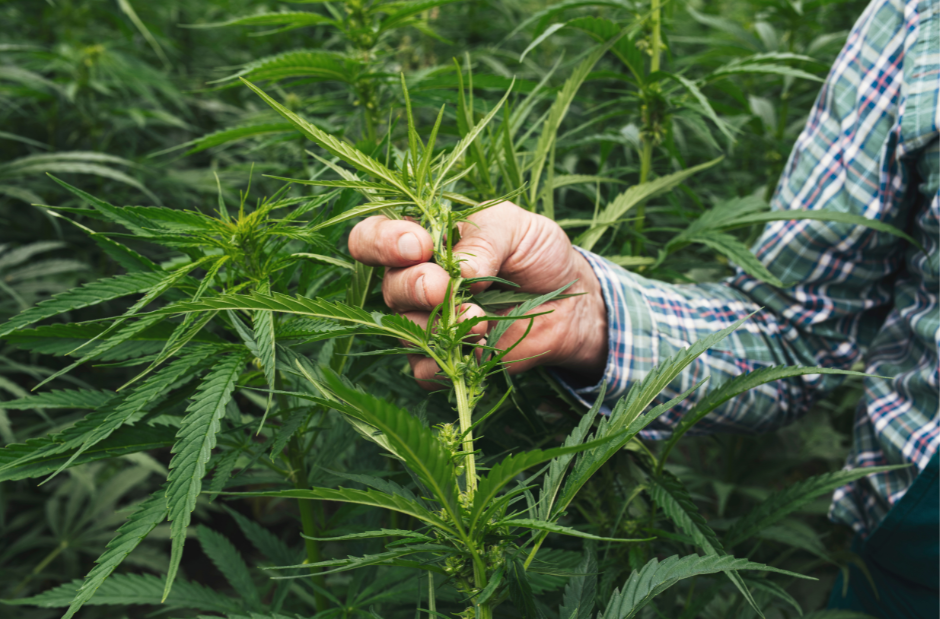Over the past decade, climate change and sustainable farming practices have sparked intense discussion. Some people focus on renewable energy, while others prioritize water conservation. In reality, there are countless ways to make a positive impact on the planet for future generations, and hemp is one promising option.
Hemp is a remarkably versatile plant, valued for many applications. The surge in biomass availability has propelled cannabinoid research within the medical field. Hemp seeds offer a rich source of protein and fiber, suitable for humans and certain animals alike. Products traditionally made from paper are now being innovatively crafted from hemp fiber. In fact, hemp fiber has even found its way into construction, with entire houses being built from this eco-friendly material.
With so many uses, how exactly can hemp contribute to better farming practices and enhance soil quality?
During the 1930s, the United States endured what would come to be known as the Dust Bowl. Due to a combination of drought and unsustainable farming practices, vast areas of farmland suffered from severe soil erosion. According to the Library of Congress, “Farmers plowed the prairie grasses and planted dryland wheat. As demand for wheat products rose, cattle grazing was reduced, and millions more acres were plowed and planted.”
This widespread removal of natural grasses left the soil vulnerable to intense winds, particularly in states like Kansas and Oklahoma, setting off a devastating cycle of dust storms and soil loss that would later be captured in American art and literature.
Today, we understand that removing native vegetation leaves soil exposed and susceptible to erosion. However, sustainable agricultural practices, along with planting native species or deep-rooted plants like hemp, can help stabilize the soil and guard it against erosion.

How Hemp Can Revitalize Soil Health
Hemp not only helps stabilize soil but also aids in its repair by absorbing harmful contaminants like heavy metals, pesticides, and other pollutants. These contaminants are stored in the plant’s structure until it’s harvested, effectively removing them from the soil.
For instance, a 2020 study published in GCB Bioenergy states, “A multitude of research has shown that hemp is capable of phytoextraction of heavy metals and radionuclides, with the contaminants being distributed throughout the entire hemp plant in different concentrations.”
Advancements in Hemp and Soil Remediation
Recent research has expanded our understanding of hemp’s role in soil remediation. A 2022 study from USDA-ARS-Western Regional Research Center in California found that industrial hemp can help extract heavy metals from contaminated soils. Researchers noted, “Hemp has deep roots and is tolerant to the accumulation of different metals. In addition, the crop biomass has many potential commercial uses after harvesting is completed.”
Increased legalization has driven research forward, creating more hemp biomass, seeds, and young plants available for scientific exploration. This access has opened up possibilities for more in-depth studies on soil repair and preservation.
The Takeaway
Hemp holds significant promise for soil repair and preservation. Modern studies highlight its potential to pull harmful chemicals from soil and combat erosion. The next steps include exploring viable uses for harvested hemp—should it be repurposed for industrial uses, biofuel, or another path? Whatever the future holds, hemp is undoubtedly reshaping our approach to sustainable soil health.
